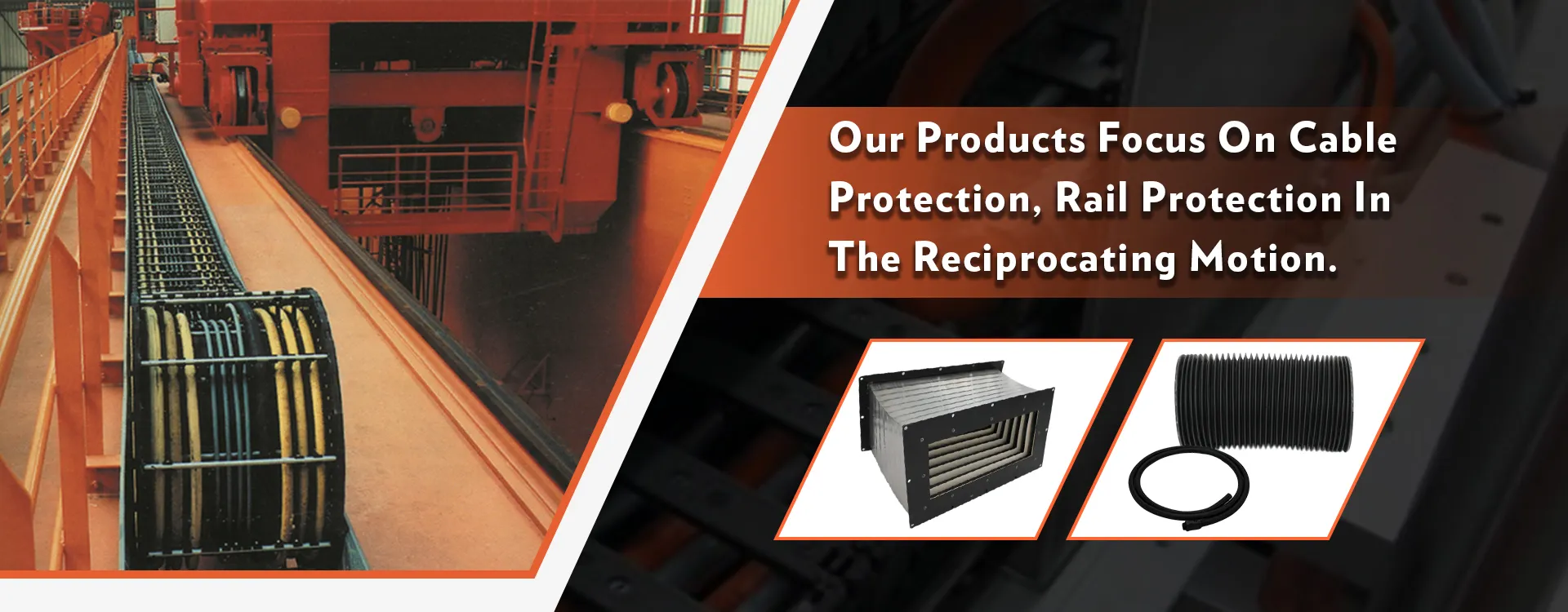synchronous drive
Understanding Synchronous Drive A Key to Efficient Motion Control
In the world of motion control and automation, various drive systems are employed to achieve precise and efficient operation. Among these, synchronous drives hold a significant position, particularly in applications where accuracy, reliability, and performance are paramount. This article will delve into the fundamentals of synchronous drives, their working mechanisms, advantages, and applications across different industries.
What is a Synchronous Drive?
A synchronous drive typically refers to a motor and drive system where the motor's rotational speed is synchronized with the frequency of the supply current. This means that the motor's speed is directly proportional to the frequency of the voltage supplied to it. Synchronous motors, when paired with synchronous drive technology, eliminate slip and provide constant speed irrespective of the load conditions, making them a preferred choice for many industrial applications.
Working Mechanism
The primary components of a synchronous drive system include a synchronous motor, a power converter, and a control system. The synchronous motor operates on the principle of magnetism and electromagnetism, engaging rotor and stator fields in harmony. When AC or DC power is supplied, the stator generates a rotating magnetic field that induces the rotor magnets to align themselves, thus spinning the motor at a speed that is locked to the frequency of the input current.
To achieve seamless synchronization, the system often employs feedback mechanisms such as encoders or resolvers, which provide real-time position and speed data to the controller. This feedback loop allows for accurate control and adjustments, ensuring that the motor adheres to designated performance parameters, regardless of the varying load conditions.
Advantages of Synchronous Drives
1. High Efficiency Synchronous drives demonstrate remarkable energy efficiency, particularly when compared to their asynchronous counterparts. They minimize energy losses, which is crucial for both operational cost and sustainability.
2. Constant Speed One of the most significant advantages of synchronous drives is their ability to maintain a constant speed under varying load conditions. This stability is essential in many applications, such as robotics and conveyor systems, where precise movements are required.
3. Precise Control With advanced control systems, synchronous drives offer excellent torque and speed control characteristics. This allows for fine-tuning performance, which is imperative in high-precision tasks such as CNC machinery and robotic arms.
synchronous drive

4. Compact Size and Lightweight Synchronous motors can be more compact and lighter than equivalent induction motors, making them advantageous in applications where space and weight constraints are critical.
5. Low Maintenance Due to fewer moving parts and reduced wear and tear, synchronous drives often require less maintenance compared to traditional drive systems, which can lead to lower operational costs over time.
Applications
Synchronous drive technology finds its way into various sectors due to its exceptional performance attributes
- Manufacturing and Automation In manufacturing settings, synchronous drives are commonly used in CNC machines, assembly lines, and packaging machines, where precision and reliability are essential.
- Robotics The robotics industry leverages synchronous drives for their high precision and control in applications such as robotic arms, autonomous vehicles, and drones.
- Electrified Transportation In electric vehicles, synchronous drives optimize the power delivery system, enhancing both efficiency and performance.
- HVAC Systems Synchronous motors contribute to energy-efficient operation in heating, ventilation, and air conditioning systems, allowing for better temperature control.
Conclusion
Synchronous drives play a pivotal role in today's advanced automation landscape, providing efficient, reliable, and precise control solutions across a multitude of sectors. As industries continually evolve with the advent of technology, the importance of synchronous drive systems will only grow, fostering innovations and efficiency in various applications. Their unique characteristics make them invaluable assets in achieving operational excellence and sustainability. As we step into a future driven by automation and robotics, synchronous drives will undoubtedly be at the forefront, powering the next generation of technological advancements.








